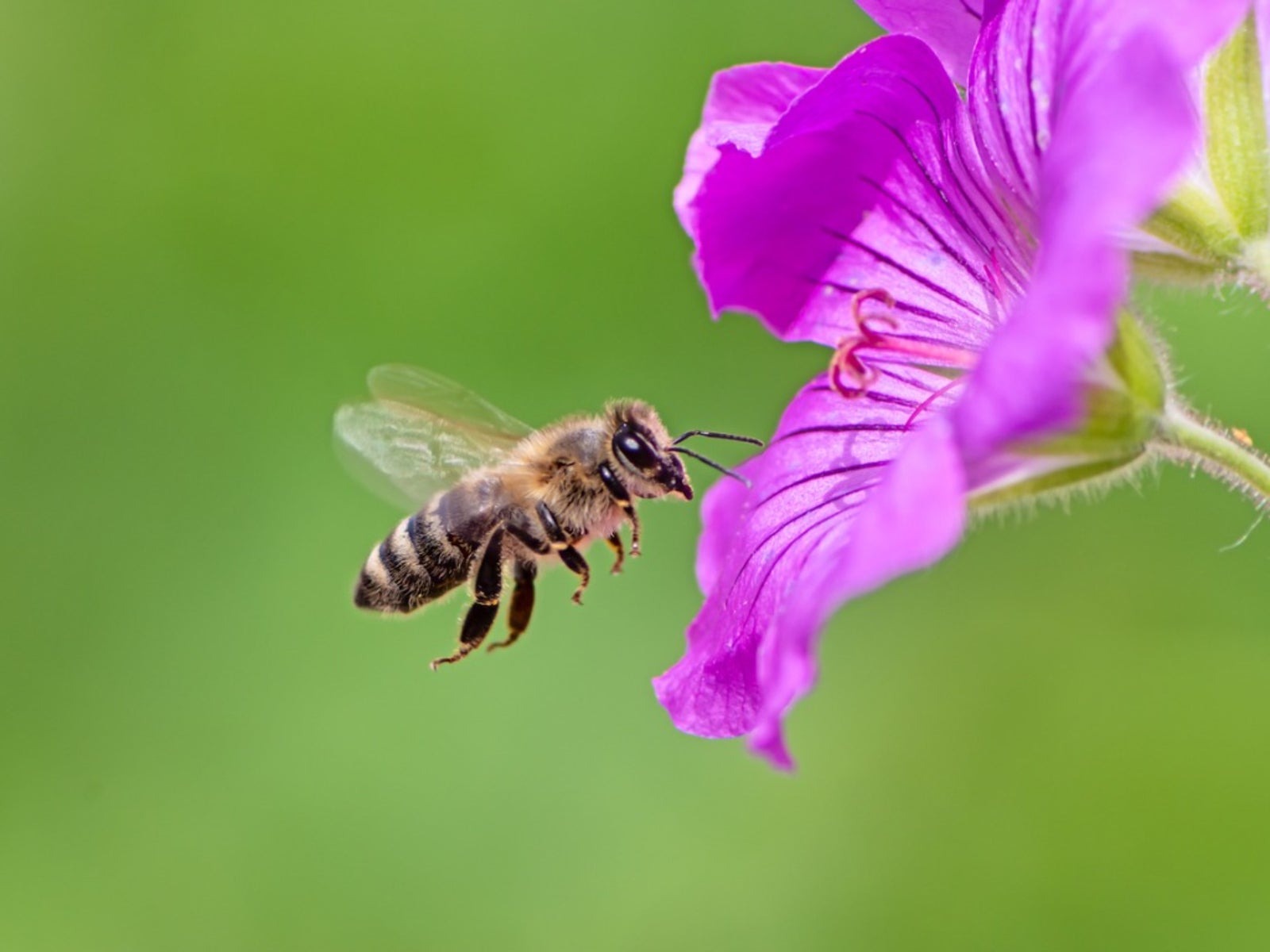Flower Shapes And Pollinators – Attracting Pollinators With Flower Shapes


One of the most popular reasons for planting flowers is to entice pollinators into visiting the garden. Whether you are looking to attract bees to vegetable plots or simply looking to add life to outdoor spaces, incorporating flowering plants is certain to lure in several types of beneficial insects.
However, growers frequently do not consider which types of pollinator they would like to attract. Shapes of flowers can actually impact which species of insects visit the garden most often. Learning more about flower shapes and pollinator preferences can help gardeners make the most of newly established flower gardens.
Does Flower Shape Matter?
While it’s true that most pollinators are attracted to a wide range of flower types and flower shapes, attracting pollinators with flower shapes better suited to them is possible. Some plants are more commonly visited than others. Flower shapes can have a great impact in terms of how easily insects can collect nectar and pollen from the plant. Since many plants depend on pollination to make seeds, it's easy to understand the potential benefit of having flower shapes that are especially attractive to certain insects.
Flower Shapes and Pollinators
Among the most common blooms in the garden when selecting flower shapes for pollinators are those with open stamens. Stamens are the part of the flower which hold the pollen. These flowers are especially attractive to bees. As the bees visit the flowers collecting nectar and pollen, their bodies also become covered with pollen, which is then transferred from one flower to another.
Tubular-shaped flowers are another common choice in pollinator gardens. Though hummingbirds and moths can feed on a wide range of flower shapes, tubular-shaped flowers are more specifically suited to them. Cluster-type flowers, or those with umbel blooms, are also quite attractive to a wide range of pollinators. These include smaller and more solitary species of bees, butterflies, as well as beneficial species of flies.
Sign up for the Gardening Know How newsletter today and receive a free copy of our e-book "How to Grow Delicious Tomatoes".

Tonya Barnett has been gardening for 13 years. Flowers are her passion. She has transformed her backyard into a cut flower garden, which she regularly chronicles on her YouTube channel http://www.youtube.com/@tonyawiththeflowers.